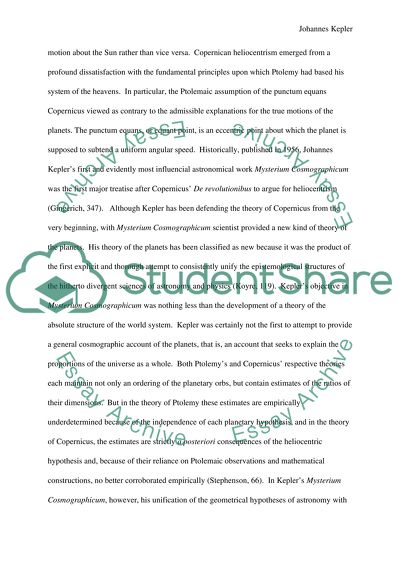Cite this document
(“Johannas Kepler Essay Example | Topics and Well Written Essays - 1250 words”, n.d.)
Retrieved de https://studentshare.org/miscellaneous/1514809-johannas-kepler
Retrieved de https://studentshare.org/miscellaneous/1514809-johannas-kepler
(Johannas Kepler Essay Example | Topics and Well Written Essays - 1250 Words)
https://studentshare.org/miscellaneous/1514809-johannas-kepler.
https://studentshare.org/miscellaneous/1514809-johannas-kepler.
“Johannas Kepler Essay Example | Topics and Well Written Essays - 1250 Words”, n.d. https://studentshare.org/miscellaneous/1514809-johannas-kepler.


